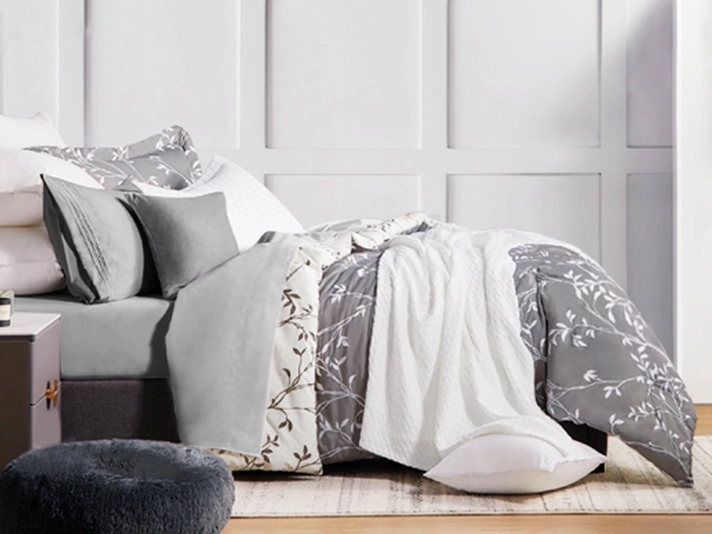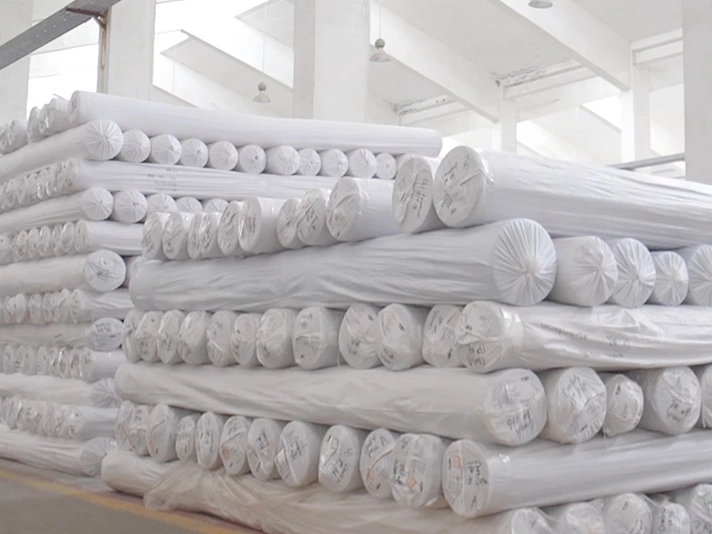Choosing the Right Filler for Your Duvet Comforter for Ultimate Comfort and Warmth
Understanding Duvet Comforter Fillers What You Need to Know
When it comes to choosing the right bedding for a comfortable night's sleep, duvet comforters play a crucial role. One of the most important aspects to consider is the type of filler used in a duvet comforter. The choice of filler can significantly affect not just comfort but also warmth, weight, and maintenance. This article will explore the various types of duvet comforter fillers available on the market, helping you make an informed decision for your bedding needs.
Natural Fillers
Natural fillers are a popular choice for those seeking warmth and breathability. The two most common natural fillers are down and feathers. Down, the soft layer of feathers found underneath the exterior feathers of ducks and geese, is highly prized for its insulating properties. It is exceptionally lightweight yet provides considerable warmth, making it ideal for colder climates. High-quality down fill is often measured in fill power, which indicates the loftiness of the down. A higher fill power means better insulation and less weight, providing a luxurious and cozy sleeping experience.
Feather fillers, on the other hand, typically include the outer feathers of birds. While heavier and not as insulating as down, feather-fill duvets are generally more affordable. They provide good support and can be a suitable option for those who prefer a firmer feel. Blends of down and feathers are also common, offering a balance between cost and comfort.
Wool and cotton are other natural fillings that are gaining popularity. Both materials are breathable and can wick moisture away, keeping you comfortable throughout the night. Wool is particularly known for its temperature-regulating properties, making it a great choice for year-round comfort. Cotton is hypoallergenic and ideal for those who suffer from allergies or sensitivities.
Synthetic Fillers
duvet comforter filler

For those who may have allergies to natural materials or who prefer a more affordable option, synthetic fillers are a prominent choice. Polycotton and polyester fills are commonly used in duvet comforters. Synthetic fillers offer versatility and varying levels of warmth and weight. They are often cheaper than natural fillers while still providing decent insulation.
One of the key advantages of synthetic fillers is their easy maintenance. Many synthetic duvet comforters are machine washable and dryer-friendly, making them convenient for regular cleaning. Additionally, synthetic materials are typically less prone to clumping, ensuring that the filling remains evenly distributed throughout the duvet, providing consistent warmth.
Considerations When Choosing a Filler
When selecting a duvet comforter, several factors should inform your decision on the type of filler. First, consider the climate in your area. Those living in colder regions may benefit from high-fill power down duvets, whereas warmer climates may require lighter options, such as cotton or a lightweight synthetic fill.
Personal preferences also play a vital role; some individuals prefer the plush feel of down, while others may lean towards the firmness offered by feathers or synthetic materials. Allergy considerations are equally important—if you have sensitivities, opting for hypoallergenic synthetic or carefully sourced natural fills can provide peace of mind.
Conclusion
Choosing the right duvet comforter filler is essential for creating a comfortable sleeping environment tailored to your needs. Whether you opt for natural materials like down and feathers or go for the practicality of synthetic options, understanding the characteristics of each filler type can help ensure you enjoy restful nights and cozy mornings. As you explore your options, remember that the right duvet comforter is a long-term investment in your overall sleep quality and well-being.
-
Creating a Spa Day with Plush Waffle Bath RobesNewsAug.14, 2025
-
How to Cut Linen Maintenance Costs by 30% with Proper Polycotton IroningNewsAug.11, 2025
-
Elevating Comfort and Quality with the Right Bed LinenNewsJul.07, 2025
-
Bedding Essentials: From Percale Sheets to White Quilts, Finding Your Perfect Sleep HavenNewsJul.07, 2025
-
Choosing the Right Bedding for a Comfortable and Stylish BedroomNewsJul.07, 2025
-
Understanding the Diverse World of Towel TypesNewsMay.29, 2025
-
The Ultimate Comfort: Discover the Benefits of Polycotton SheetsNewsMay.29, 2025






